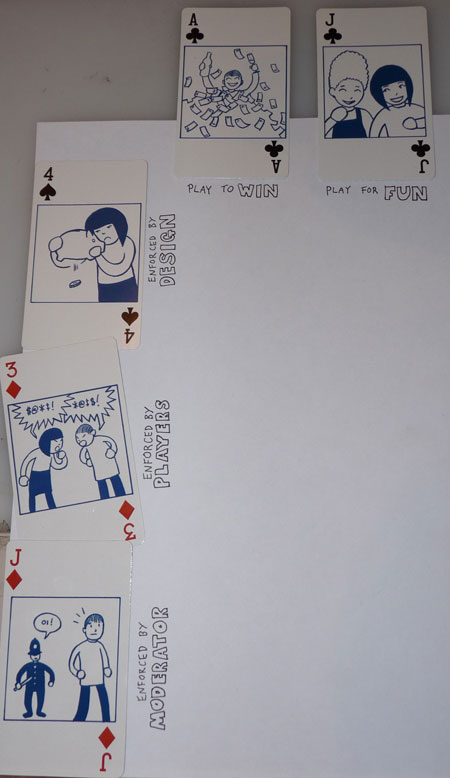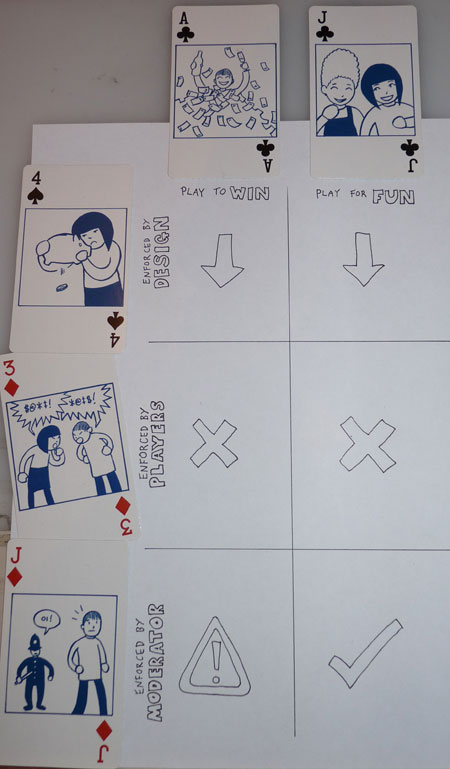What is this?
I’m developing a party game called Advanced Pass the Parcel. These are my thoughts on the first playtests, and where I’m thinking of taking it next.
It’s mostly for my own benefit, but other people might be interested. Maybe that’s you?
Inspiration
In Season 3 Episode 14 of excellent Australian animation Bluey (a fun show for kids but but even better for adults), the children play a game of Pass the Parcel according to the standard modern rules:
- Every layer contains a small prize
- The adult operating the music carefully ensures each child gets a prize (a secret rule that the players don’t know)
Lucky’s dad objects to this and runs the more traditional version:
- There is only a single prize at the very end – but a much bigger one
- The music stops at random
This has some dramatic consequences, but it also got me thinking about changing the rules for Pass the Parcel in other ways. I liked the idea of running a really weird version of the game with kids that had all sorts of chaotic shenanigans deployed layer by layer – swapping places, surprise rubber spiders, minigames, dance breaks, ability to control the music, general mayhem.
Unfortunately (or perhaps fortunately?) I don’t currently have access to a kids party where I would be able to do that. Fortunately, Clare pointed out that the general idea could work just as well with adults, and I realised she was completely correct!
Basic design
As a game, Pass the Parcel in both the above forms is notable for the complete absence of player agency! According to most definitions, this means it doesn’t even qualify as a game. That’s fine for the kids version, but I don’t think that’s something adults could as easily accept.
Immediately I thought of the most obvious mechanic to fix it: you can play a card after the parcel stops (an ‘Interrupt’) to move it further around the circle. If you got to open a layer it would naturally reward you with more cards. This certainly gives players agency and just might admit a bit of strategy.
There were a lot of other rules and changes I wanted to try, which gave me the second core idea: each layer also reveals a card with some sort of new rule! I love games that do this, but there aren’t many, and it brings some of that feeling of chaos / unpredictability I was originally imagining.
Interrupt design
As a quick way to test the idea I planned to use playing cards as the interrupts. Large numbers would be a bit boring, and I felt there had to be some restriction on what you could play to add some strategy and stop players from just playing all their cards in a single round. I settled on using only Aces (for 1) up to 5 as a range, but I couldn’t decide if an interrupt should be lower than the one played before it (so the parcel would sort-of decelerate), or be +1/-1 from the previous interrupt (for less predictability). I decided to try both by starting with one rule and changing it later on with one of the ‘new rule’ cards several layers deep into the parcel.
Imagined example play
To be very clear about it, this meant a game might play out as follows:
- Music starts and the parcel is passed around
- The music stops, so the parcel stops in one player’s hands
- Anyone can play an interrupt (they have five seconds to decide to do so)
- If they do (for example, by playing a 4), the parcel moves that many places around the ring – probably to end up at the person who played the card
- Anyone can then play another interrupt if it is less than 4 (or under the +1/-1 rules, if it was a 3 or a 5)
- This keeps going with more interrupts, until the parcel stops and after 5 seconds no more interrupts are played
- The person who ends up with the parcel opens up a layer, gains more interrupt cards, reads out the new rule, and that round is now over
- Music restarts to begin another round, until eventually someone opens the final layer and wins
Layer design
Gaining one interrupt card for opening a layer would create a net drain on cards in play; gaining three cards would create a very strong rich-get-richer feedback loop, since someone gaining so many cards would very likely get the parcel again. So it kind-of had to be two interrupt cards you gain in each layer.
Physically, the tradition of wrapping paper and tape seemed quite wasteful; fortunately we had a lot of furoshiki cloths of various sizes that were lightweight, quick to wrap and unwrap, and easy to re-use.
I realised there would be a bit of strategy around judging when the final layer was reached, so I planned to have some fun with that. First I had one layer reveal two parcels inside, the new rule being that the parcels moved simultaneously in opposite directions. One of those then ended before the other (with a ‘jackpot’ of 4 interrupt cards), and the remaining parcel was instead a large envelope – which would look quite final after all that furoshiki. However, in that envelope was a hankerchief wrapped around a smaller envelope, to create two further final layers!
Parcel Passing Protocol
A classic problem in the original game is that the music can stop mid-pass. Two children both have their hands on the parcel and will tend to fight over it.
With adults I assumed we could instead go with a much less ambiguous approach: the parcel could be lightly thrown from one person to the next!
This was a mistake.
New rules
Here are a few examples of the rules I tried adding to the different layers:
- Parcel now reverses direction
- All players draw 1 new interrupt card
- Give these interrupt cards to the players either side of you
- Read this out loud: “The next layer has a spider in it. Not including me, whoever is first to volunteer gets to open it.”
I also tried some rule cards that instead you got to keep and play at any time:
- Shout ‘Objection!’ to cancel an interrupt, then discard this
- Declare ‘Technically it’s my birthday’, the player with the most cards must give you two, then discard this card.
The 5 seconds to play an interrupt was quite long, but felt necessary when people were new to the game. So I also add a rule card that reduced this to 3 seconds a few layers deep.
What about the prize?
As you might have noticed, games played by adults routinely do not have any prizes at all. People play Monopoly, Catan, Hearts or Waldshcattenspiel purely for the honour of victory. But having the final layer of a parcel contain nothing other than perhaps a bit of paper saying ‘you win!’ felt far too anticlimactic.
Given the direction the game was headed, the answer seemed obvious: the final layer has a blank card, on which the winner gets to write a new rule for the next game.
Expected behaviour
Under these rules, I expected the following:
- Players would generally play an interrupt only when it brought the parcel to them
- Players would hoard cards a little bit to ensure they had interrupts to play when some people had run out, and when the crucial final layer approaches
- Perhaps emergently some players would co-operate. Player A might play an interrupt so that player B got to open the parcel; player B might later return the favour (with the help of the additional cards) so that player A might get to open a layer in turn.
To make the prize a bit more exciting, and with the idea of co-operation in mind, I changed the final prize to be two blank cards – one for the winner to write, and a second they could choose to give to another player.
Playtest 1
I was very lucky to be able to test the game out three times in relatively quick succession with three different groups of people.
Here’s what I learned from the first group, 17 people who work in video game development (so were more game-literate than the average person):
- Players were excited by the simple joy of passing the parcel and playing interrupts! It may have helped that some players were lightly inebriated…
- Interrupts having to be lower than the last one played in a round immediately felt far too restrictive, and we quickly switched to a ‘same or lower’ rule. This led to a much more exciting round finish when an Ace could be trumped by another Ace (and possibly another, and another…)
- We needed a way to adjudicate bad behaviour (holding on to the parcel instead of passing it, throwing it badly, deliberately not catching it and picking it up slowly and so on). I quickly opted for player’s voting which player misbehaved, and penalising that player by having them discard one interrupt card
- Players were not very strategic with their interrupts, playing them early and often – even when it brought no immediate advantage to themselves. Probably inebriation played a part here too, but it did feel like doing a thing that triggers everyone else to do a thing (pass the parcel the number of times you indicated) is inherently quite fun?
- Rather than co-operation, players instead formed enmities! They would play interrupts to deny certain players the parcel – players who previously denied them the parcel, or players who were doing too well, or just players where it seemed funny to deny them the parcel for some reason
- The interrupt that reads “The next layer contains a spider. First player to volunteer gets to open it” is very silly and out of keeping with the rest, but still proved very fun, suggesting a whole other possible way the game could lean. (Also note, it is a trick – there is no spider of any kind)
- In a large group and a loud party setting, most players can’t/won’t read the new rules loud enough, so a moderator (me) had to do that for then
- Complicated new rules just do not work in a loud party setting
- We later needed a way to punish bad behaviour even when a player had no cards left to discard. We concluded they would be excluded from the next round
- The rich-get-richer problem was actually pretty bad, with one player getting so many cards they would just play them in bulk (e.g. four 3’s for a total interrupt of 12)
- The ‘+1/-1’ interrupt rule led to extremely long combos that drained almost all cards from the group, suggesting a lack of strategy, or possibly a failure to guess how many more layers were left?
- The drama of approaching what may or may not be the final layer was tremendous!
- With 17 people starting with 3 cards each, and 10 layers of parcel with about 2 cards in each, the game went on for about 30 minutes – probably too long
- The winners wrote their new rules, and while these were mostly good, there was one that was possibly a bit broken and needed a second draft. Not sure how to deal with that…
In general despite some poor throwing discipline and long running-time, it seemed to go very well. One player afterwards reported “I haven’t laughed that much in ages” – a pretty good sign!
Playtest 2
In the next playtest, I once again found about 17 people willing to play, and once again some of them were slightly tipsy.
As a warm-up I had the group simply pass the parcel in a single circuit, and the relative ease with which they managed (or rather did not manage) to do that convinced me the throwing method was not a good plan. Instead we went with regular passing of the parcel from one person to the next, with the rule being that if the parcel stopped when two players had contact with it, whoever was furthest around the circle (i.e. was just in the process of receiving the parcel) should get it, which proved suitably unambiguous.
I made sure the new rules in each layer were simpler. I also added more new-rule cards that would ensure cards were distributed or replenished to cut down on the rich-get-richer problem.
Finally, rather than using whatever party music was playing, I specifically chose Meute’s track “Rushing Back” because it had a nice beat for passing to (136 BPM, pass every other beat so 68 BPM), followed by Edvard Grieg’s “Hall of the Mountain King” (inspired by a video game it would kind of be a spoiler to name).
Here’s what I learned this time around, with a group that seemed to have a wider range of game literacy:
- Once again the simply joy of passing and interrupting was much greater than I expected! Interrupts just seem incredibly dramatic
- This group quickly cottoned on to co-operation as a strategy, enmity formation was much lower. Depends on the group I guess?
- Given the absence of any agency during the passing phase I tend to assume the gaps between stops should be quite short. But based on how the mood was feeling and perhaps how much people enjoyed the music, it seemed clear that longer periods (with the parcel making 3 or more circuits) actually felt just fine?
- Changing the core rule of which interrupt can follow which added more confusion than I think is fun for a few people. For a group that includes non-gamers and/or people who had a few drinks, it’s probably best to keep that rule consistent
- The accelerando of Hall of the Mountain King worked just as well as I hoped, and I was able to time the whole game such that the final stop aligned exactly with the end of the song. So good!!
- Once again the game lasted about half an hour, which actually felt fine in this case, perhaps because of the more suitable music
- The nature of the occasion meant no further games would be played, and the appetite to write new rules was not very strong
This now gave me a lot of excitement about the general concept, since two quite different groups of people seemed to have a lot of fun with it.
Playtest 3
I updated the rules again and printed out large-font new rule cards for better legibility than the hand-written ones I started with. Then I tested it out with 14 friends who are much more experienced with my kind of games, and indeed games of all sorts. I repeated the music choices from Playtest 2 since they seemed to work so well. Here’s how that went:
- The first few rounds were much calmer, with fewer interrupts played, and in particular much fewer ‘frivolous’ interrupts (those that don’t advantage the player)
- The vibe was initially more serious, and the relatively low amount of player input into the whole process started to feel a bit odd…
- … but as some new rules kicked in and a few interrupts surprised people (in particular a father playing an interrupt denying his own child the parcel!), I sensed the vibe picking up as people got into the rhythm of it all
- The climactic ending of Hall of the Mountain King was once again great, although the winner then immediately began to unwrap the final layer, and I didn’t even realise that was wrong – such is the finality of the song. Players pointed out the error and we quickly played out the ending properly (allowing interrupts to take place).
- Richard B felt that playing an Ace to take the parcel from the player next to you was such a distinct move it should have its own name; he called it ‘batsy’. I like it!
- Once again there wasn’t a huge appetite to write new rules, although unsurprisingly a lot of this group were very interested in discussing what they could be
Tarim raised that the ‘same or lower’ rule meant that the higher numbers got very little play indeed. This was more obvious in this playtest with the more tactical play. Players had ‘solved’ this problem in the first two playtests by playing their highest cards as soon as possible and without regard for personal benefit!
My concern about the alternative ‘+1/-1’ rule is that it can encourage very long runs of interrupts draining ‘too many’ cards. That said, it does still have a nice slowing effect as players reach the lowest (or highest) numbers available, since only a single number can interrupt from there…
Where next?
In general the game seemed a lot more fun that I would have guessed, so seems worth developing further. I see two obvious but very different paths to try.
Path 1: Fix what seems broken: less luck, more agency, more strategy
Even with a more strategic group playing, it became clear that the game was barely more strategic, at least in outcome, than just stopping the parcel randomly and opening it. But in a game with many players, where only one will get to open a layer, how much strategy is even possible? Most of it will surely cancel out.
The ‘rich get richer’ problem is also quite annoyingly baked into the concept. Even though ensuring every other layer had a rule that to some extent redistributed cards or allowed new ones to be drawn, that dynamic does feel a bit antithetical to strategy.
My working theory for a solution to both problems is as follows:
- Each card has an interrupt value AND a special effect, players choose which one to play
- Players can only play one card per round. Having more cards gives you more choice, but not as much overwhelming power
- When you open a layer, it contains three cards – choose one for yourself, give one each to the players either side of you
- Special card effects could follow a ‘tableau’ style of play – you place them in front of you to grant some sort of mild buff that stays with you for the rest of the game. In this way, even though you don’t have much control over a single round, you get to be strategic over the course of the game. Even if you don’t win, it would probably feel better than just playing an interrupt to gain the parcel and then immediately have that play ‘wasted’ when someone plays another interrupt.
Possible example card effects:
- Interrupt: Play this to reverse the direction of the last interrupt
- Interrupt: If 3 interrupts have been played this round but you have not touched the parcel since the music stopped, draw 2 cards
- Tableau: You can add 1 to any interrupt, but must discard a card whenever you unwrap a layer
- Tableau: When a +2 interrupt is played, once per round you can draw 2 cards and discard 2
- Tableau: Whenever a player’s hand reaches 6 cards, they must give you 1 and another player of their choice 1
The dual-function of cards (interrupt or effect) mitigates the weakness of high numbers under a ‘interrupts must be lower than the last’ paradigm. But I also like the idea of including a small number of ‘Joker’ interrupts which can be played after an Ace and pass the parcel directly to you – but can be followed by an interrupt of any value.
That all feels quite promising to me, but leaves a lot of unanswered implementation questions, and also just would not work with a large group.
Path 2: Build on what works! Frivolity, group activity, spontaneous alliances / enmities
Leaning in to the fact that apparently just playing cards and having the group do things in response seems fun, perhaps don’t worry about strategy and just have fun with it?! This leans in a direction I’m actually very interested in – pushing away from games and into something I’m currently calling ‘co-ordinated activity’, which I think is a vastly underexplored space.
Perhaps keep the ‘1 card per round’ restriction to stop the game running on too long and avoid the rich-get-richer problem a little bit?
In general have rules that are a lot more varied and surprising, or give the players a different kind of agency. Some example rule cards you might unwrap alongside your interrupts:
- Ask a quiz question. First player to get it right (excluding you) draws 2 cards
- Pass the parcel, each player adds one word to the story as they pass it. Parcel stops at the end of a sentence or when it completed a circuit. You choose who to award a bonus card based on their contribution.
- Everyone High-5 one player next to you. Successful high-5s swap places.
Maybe each of these is great for very different groups – or maybe the right answer really is some kind of strange combination of the two? The experiments continue…
- Transmission ends
Tim now posts on Bluesky as @metatim.bsky.social and has previously written about making games about sandwich making and blindfold roleplaying















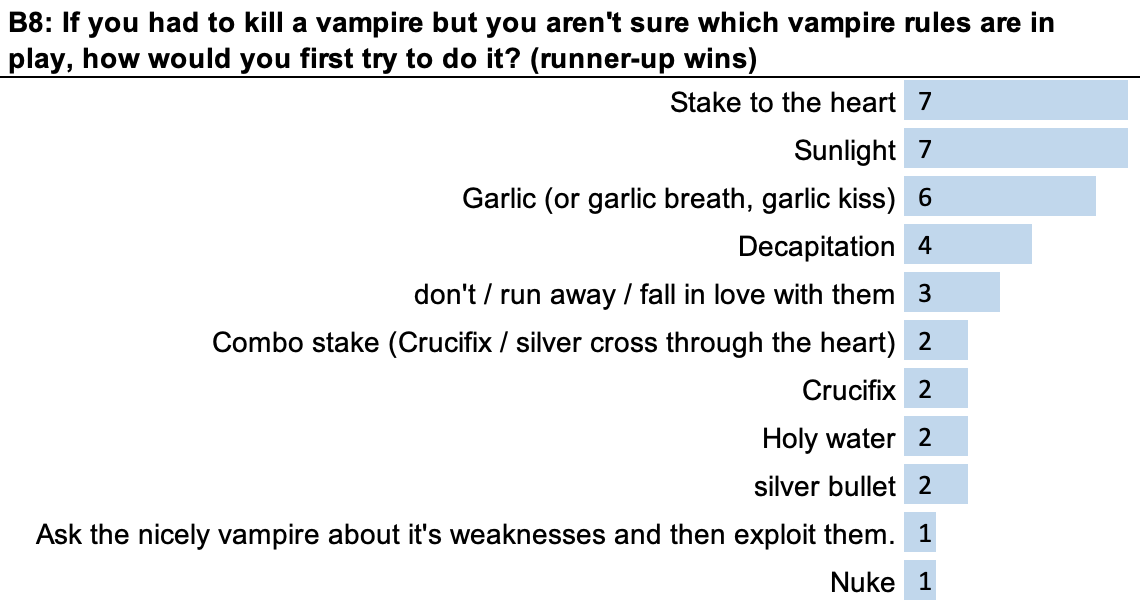






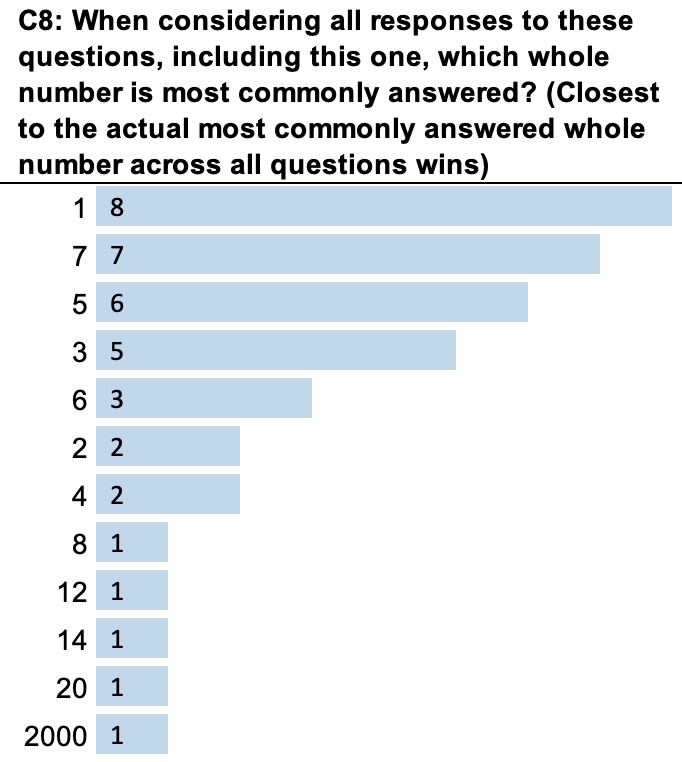
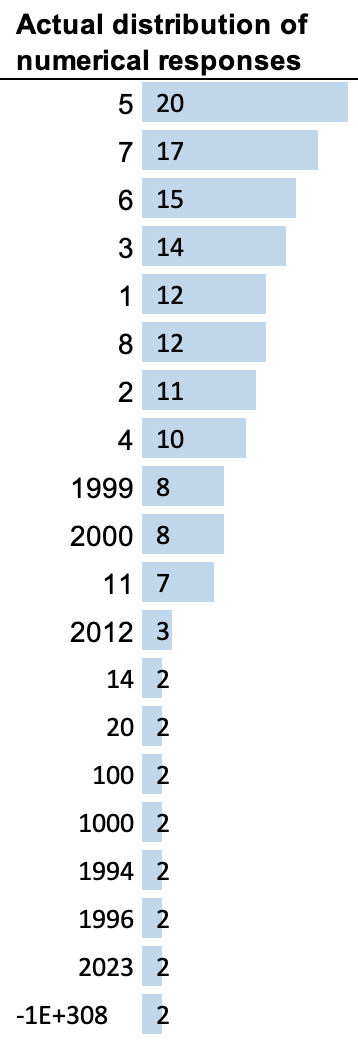
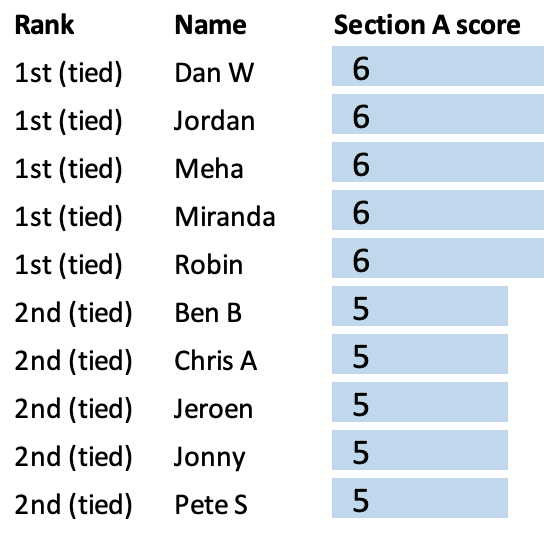
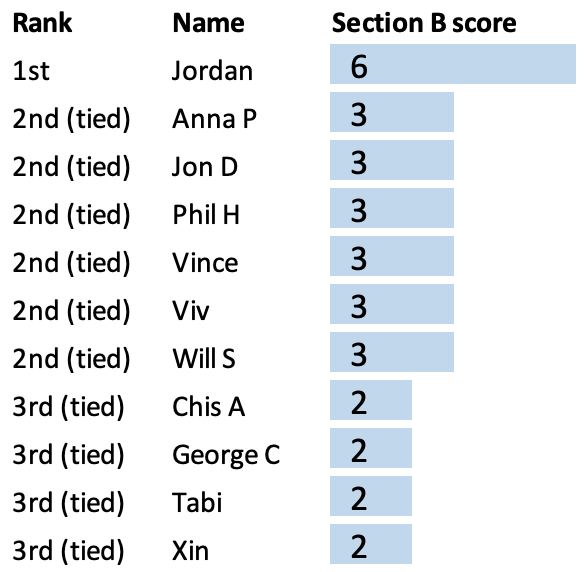
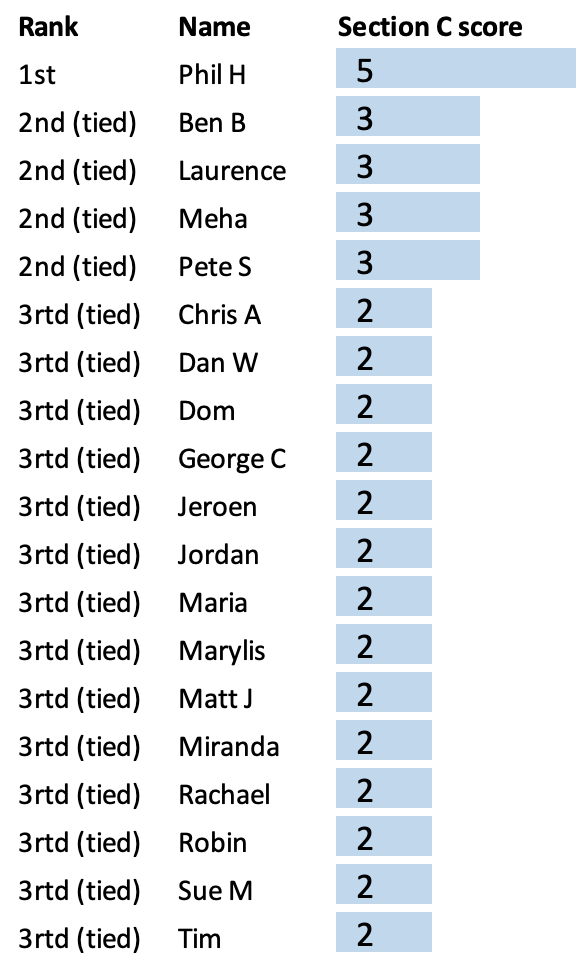


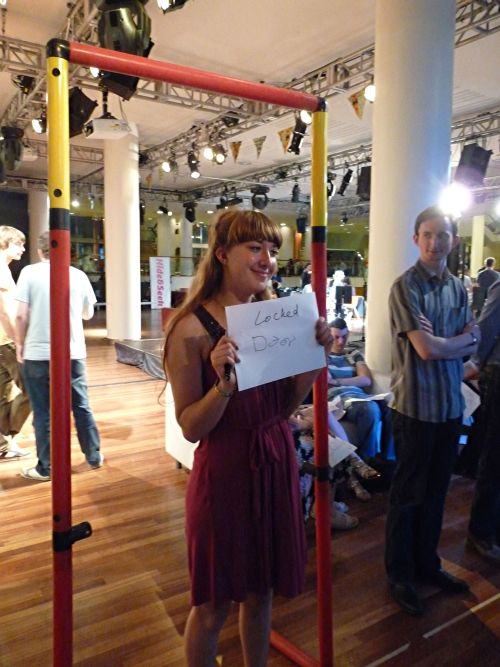
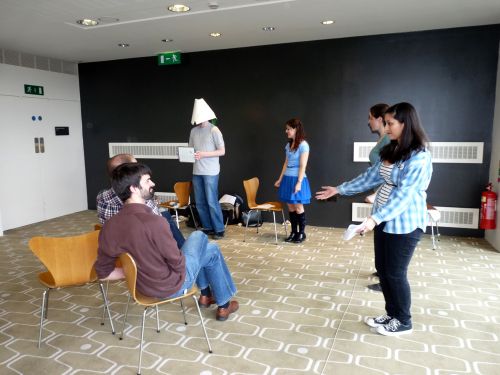
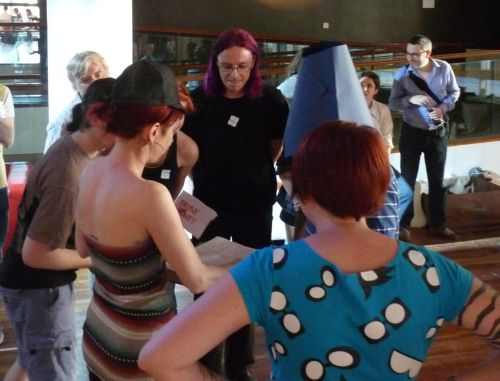
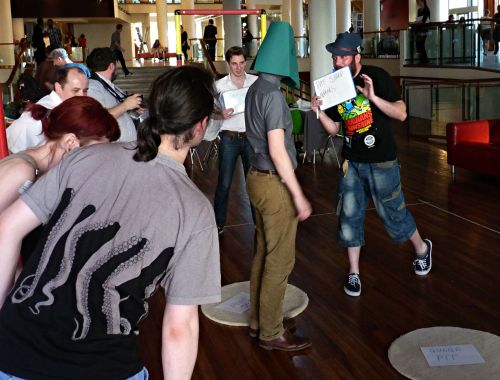
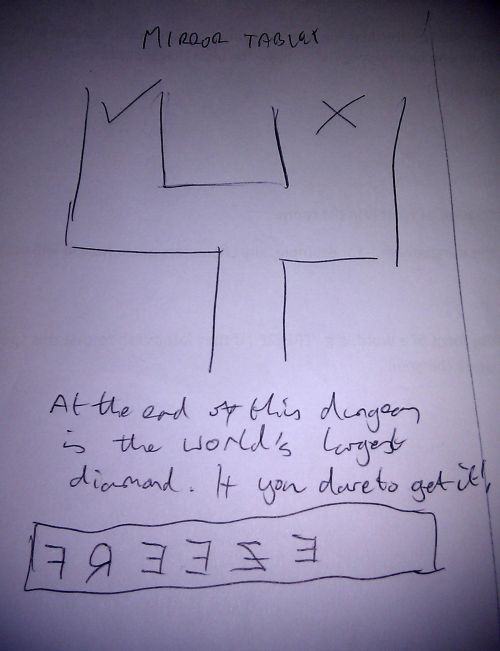
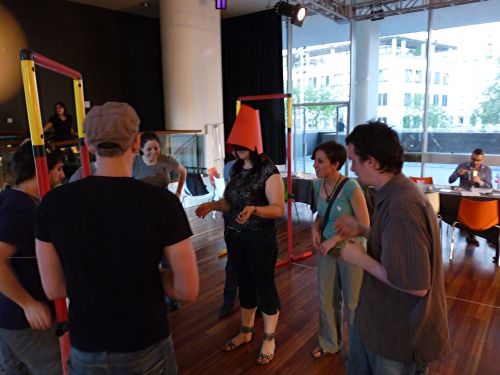
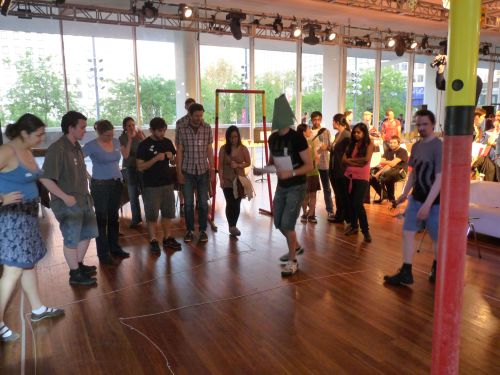
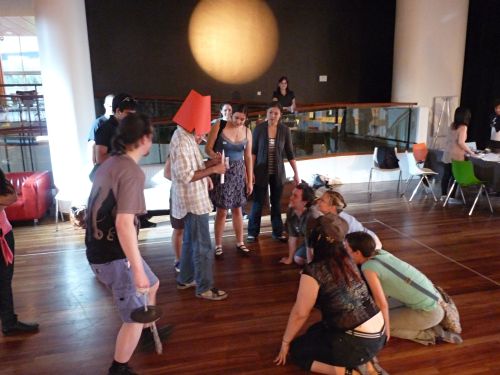
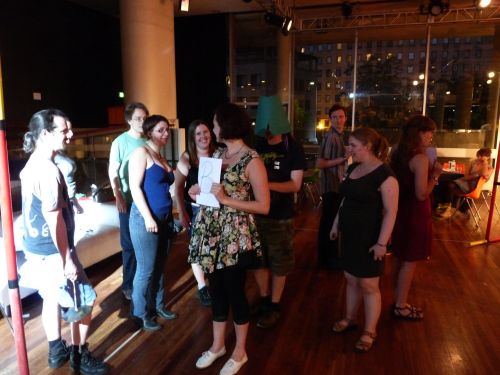
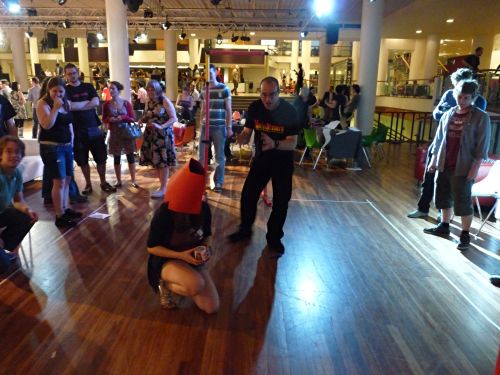
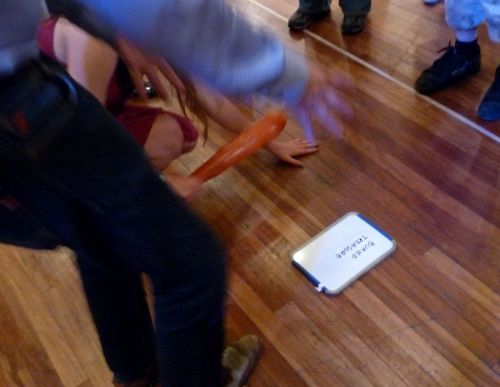
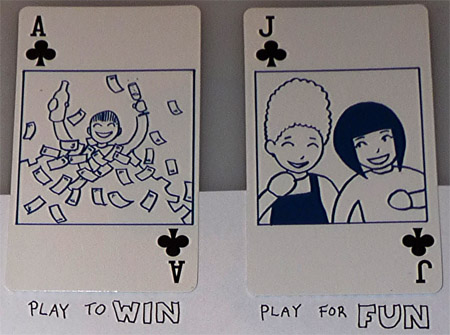
 Let’s take a look at how cheating works across the 6 kinds of game this framework implies, and in particular whether choosing to bend or break rules is an interesting* choice for the players to make.
Let’s take a look at how cheating works across the 6 kinds of game this framework implies, and in particular whether choosing to bend or break rules is an interesting* choice for the players to make.